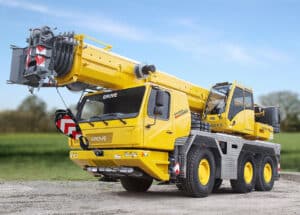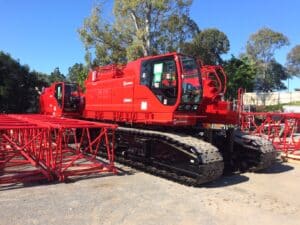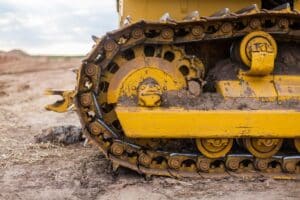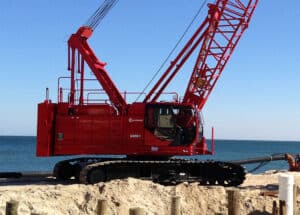Everything You Need to Know About the 10-Year Crane Inspection in Australia
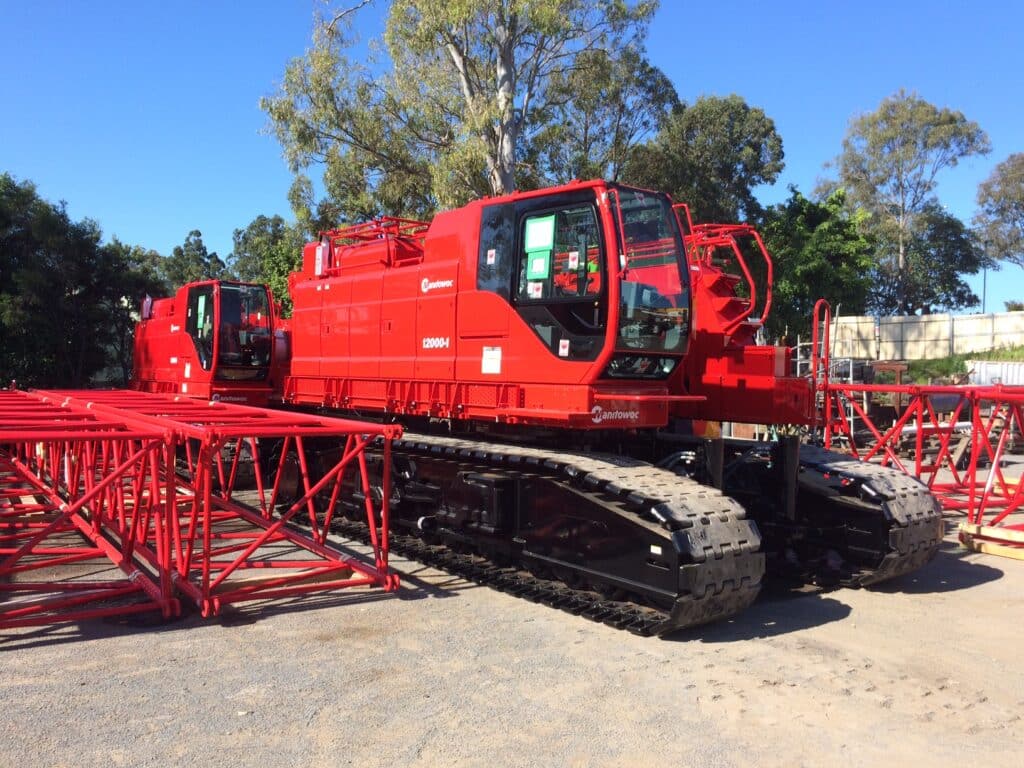
Understanding the 10-Year Crane Inspection
A 10-year crane inspection is one of the most important safety and compliance requirements in Australia’s lifting and construction industries. Mandated under Australian Standards AS 2550 and AS 1418, the inspection serves as a major overhaul and detailed examination of a crane’s structural, mechanical, and electrical components to ensure ongoing safety and reliability.
Unlike routine maintenance or annual checks, a 10-year inspection is a comprehensive assessment that verifies whether a crane remains structurally sound and compliant with modern standards. It often involves partial disassembly, non-destructive testing, and engineering analysis to confirm that every major component can continue to operate safely.
The purpose of the 10-year inspection is not just to tick a compliance box, it’s to protect people, property, and productivity. Over time, even the best-maintained cranes experience wear, metal fatigue, and corrosion, all of which can lead to serious hazards if not addressed through a major inspection.
Why 10-Year Crane Inspections Are Essential
Crane operations inherently involve risk, particularly in industries such as construction, mining, and logistics. The 10-year inspection acts as a critical risk management measure designed to identify and correct issues that may not be visible during regular servicing.
These inspections are legally required to ensure that cranes remain fit for purpose and safe to use. Under Work Health and Safety (WHS) regulations, crane owners and operators are responsible for maintaining their equipment in accordance with applicable Australian Standards. Failure to meet these obligations can result in fines, operational downtime, and significant liability in the event of an accident.
Beyond compliance, the inspection also extends the operational life of the crane. Identifying and replacing ageing parts prevents costly breakdowns and keeps equipment in optimal working condition, which in turn supports efficiency on worksites across Australia.
Crane Types That Require a 10-Year Inspection
Every crane used for lifting or hoisting under Australian legislation must undergo periodic inspections, but the 10-year major inspection specifically applies to cranes that have reached a decade of service, regardless of usage intensity.
This includes:
- Mobile cranes, such as all-terrain, rough-terrain, and truck-mounted units
- Tower cranes, widely used in high-rise construction
- Overhead and gantry cranes, commonly found in warehouses and manufacturing facilities
- Vehicle-loading cranes used by transport and logistics companies
- Bridge cranes and other specialised lifting equipment
Each type of crane has unique operational stresses, which is why the 10-year inspection is tailored to suit the specific configuration, duty cycle, and environment in which the crane operates.
What’s Involved in a 10-Year Crane Inspection
A major inspection is far more detailed than a routine service. It involves an extensive review of every key system to confirm that the crane can safely handle its rated loads and operate within design limits.
Structural Assessment
The inspection begins with a comprehensive structural assessment. Engineers perform non-destructive testing (NDT) methods such as ultrasonic, magnetic particle, and dye penetrant testing to detect internal cracks, fractures, or areas of corrosion that could compromise the crane’s load-bearing capacity.
Critical welds, booms, jibs, and frames are examined closely. In some cases, sections of the crane are stripped, sandblasted, and repainted to prevent further corrosion. This level of assessment ensures the structural integrity of the crane meets modern safety expectations.
Mechanical and Hydraulic Systems
The next step involves inspecting all mechanical and hydraulic systems. Components such as wire ropes, brakes, bearings, slewing rings, and cylinders are tested for wear and deformation. Hydraulic hoses and seals are checked for leaks, and the condition of the hydraulic fluid is assessed to detect signs of contamination.
Any component showing significant wear is replaced, and the entire system is recalibrated to manufacturer specifications.
Electrical and Control Systems
Electrical safety is another vital part of the process. The crane’s control panels, limit switches, wiring, and emergency stop systems are examined and tested for functionality. Modern electrical compliance standards often differ from those that existed when the crane was manufactured, so updates or rewiring may be required to bring the system in line with current Australian Standards.
Load Testing and Functional Checks
Finally, the crane undergoes a load test to verify that it can safely lift and manoeuvre its rated load capacity. Functional checks ensure smooth operation of all control systems, including brakes, limiters, and interlocks. Only after successful completion of these tests can the crane be deemed fit for continued service.
Documentation and Compliance Requirements
Documentation is a major part of the 10-year inspection process. Detailed engineering reports, NDT results, and certification records must be maintained to demonstrate compliance with AS 2550.1 and AS 1418.
Owners are required to keep all reports and service records as part of their WHS obligations. These documents provide traceable proof of compliance and are critical during audits, insurance claims, or in the event of an incident investigation.
A new Certificate of Fitness or Compliance Report is issued once the inspection and any required repairs are complete, confirming that the crane is approved for continued use.
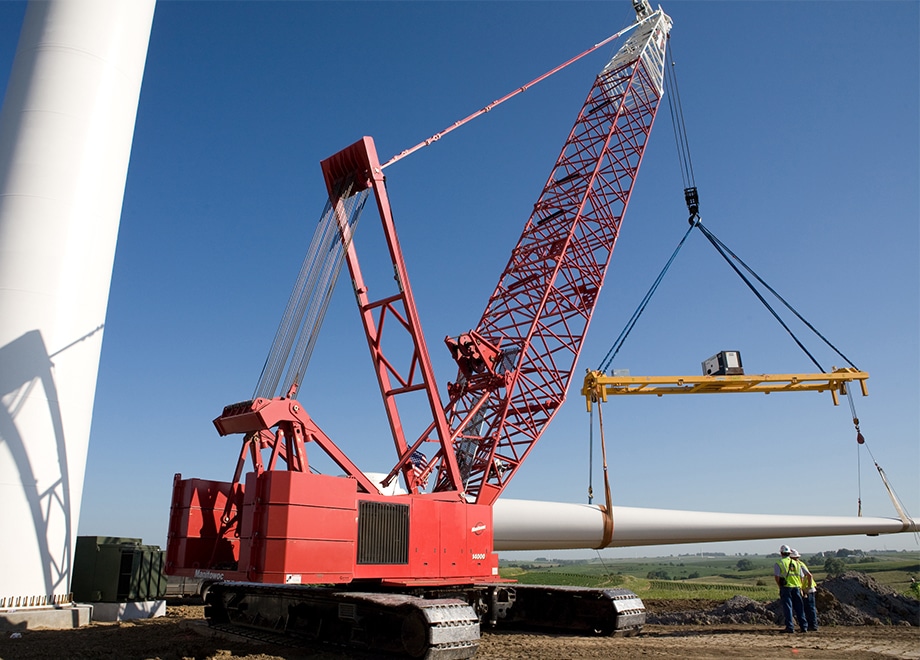
How Often to Conduct Major Inspections
While the 10-year interval is the industry standard, the actual frequency of major inspections can vary depending on operating conditions. Cranes that operate in harsh environments, for example, in coastal, mining, or high-duty cycle applications, may require major inspections sooner, sometimes after seven or eight years of continuous use.
The Australian Standards also require regular periodic inspections, such as daily pre-start checks and annual inspections, to maintain ongoing compliance between major overhauls. These checks ensure early detection of issues that could otherwise become serious safety hazards by the time the 10-year mark arrives.
Common Issues Found During 10-Year Inspections
Many cranes that fail their 10-year inspection do so due to structural fatigue and corrosion. Years of lifting heavy loads, exposure to vibration, and environmental factors gradually weaken structural components.
Mechanical wear is another frequent issue, particularly in bearings, brakes, and wire ropes. Hydraulic leaks, outdated electrical systems, and non-functioning limit switches are also common. Identifying these problems during the major inspection allows them to be repaired or replaced before they result in operational failures or safety incidents.
Choosing a Qualified Crane Inspector
Selecting a qualified and experienced crane inspection provider is critical. In Australia, inspections should only be carried out by engineers or inspectors certified under AS/NZS ISO/IEC 17020 and familiar with crane design and maintenance principles.
When engaging an inspection provider, look for:
- Proven experience with your crane type
- Accreditation with relevant Australian engineering or safety bodies
- A reputation for detailed, independent assessments rather than quick visual checks
Independent inspectors offer the advantage of impartiality. Their focus is on safety and compliance, not just repair work, ensuring that your crane is properly assessed according to Australian Standards.
The Cost of a 10-Year Crane Inspection
The cost of a major crane inspection varies widely depending on the type, size, and condition of the crane. For example, a small vehicle-loading crane may cost between $8,000 and $12,000, while larger mobile or tower cranes can range from $20,000 to over $50,000.
Factors that affect pricing include accessibility, disassembly requirements, and the extent of repairs or replacements needed. While the cost may seem high, it’s a worthwhile investment in safety, reliability, and compliance. Neglecting the inspection can lead to catastrophic equipment failure or severe legal penalties, outcomes far more expensive than the inspection itself.
Preparing for a 10-Year Crane Inspection
Preparation plays a major role in how efficiently your inspection proceeds. Before scheduling the inspection, ensure all routine maintenance is up to date, the crane is thoroughly cleaned, and any obvious faults are rectified. Having previous inspection reports, load test records, and service documentation on hand will help inspectors work more effectively and reduce administrative delays.
Ensuring safe and easy site access is also important. The crane should be located in a clear area where technicians can perform their work safely, with power isolated where necessary.
Post-Inspection: Repairs, Certification, and Recommissioning
If issues are discovered during the inspection, they must be repaired before the crane can be re-certified. Repairs are typically followed by a reinspection or verification by a qualified engineer. Once all corrective work has been completed and verified, a Certificate of Compliance is issued.
This certificate confirms that the crane has met the requirements of AS 2550 and is safe to return to service. Some cranes may require minor modifications or upgrades to align with modern design and safety expectations before certification can be finalised.
Ensuring Ongoing Compliance After the 10-Year Inspection
Compliance doesn’t end once the inspection is complete. Crane owners must maintain a regular maintenance schedule that includes daily pre-start checks, weekly functional testing, and annual safety inspections. Maintaining accurate records of all inspections and repairs ensures your crane remains compliant and ready for future audits or insurance reviews.
Regularly reviewing manufacturer updates or changes to Australian Standards is also wise, as compliance requirements evolve over time.
The Role of the 10-Year Inspection in Australia’s Crane Safety Culture
The 10-year crane inspection is an essential part of Australia’s strong safety culture in the lifting and construction industries. It demonstrates a proactive approach to risk management and reinforces the country’s commitment to workplace safety.
By identifying weaknesses before they cause harm, major inspections help prevent accidents, extend equipment life, and promote responsible operation. For Australian businesses, staying compliant with AS 2550 isn’t just about following rules, it’s about protecting workers, safeguarding assets, and maintaining a reputation for safety and professionalism.


